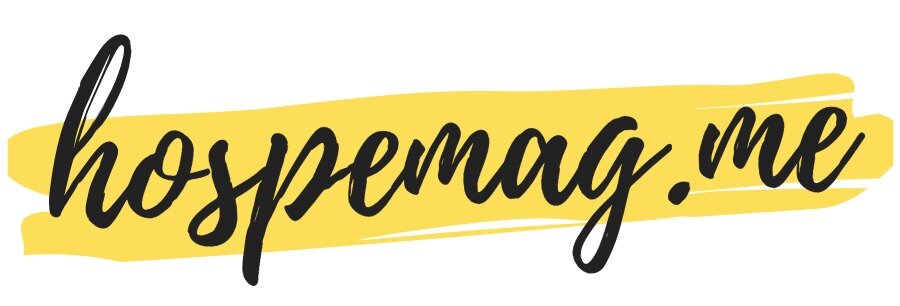How to Conduct a Smart Training Needs Analysis (TNA) for Your Hotel
/In hospitality, well-trained teams are the backbone of exceptional guest experiences. Yet, many hotels struggle with identifying the right training needs, leading to generic programs that don’t drive real impact. A Training Needs Analysis (TNA) helps hotel HR teams pinpoint skill gaps, create targeted training solutions, and ultimately enhance service standards, operational efficiency, and revenue generation.
If you’re looking to elevate your hotel’s training programs, this guide will walk you through the step-by-step process of conducting a Smart TNA—one that is structured, data-driven, and tailored to your team’s unique needs.
Step 1: Define the Primary Goal of Training
Before diving into specific skills, start by clarifying the main objective of your training program. Every hotel has different priorities, and aligning training with business goals ensures maximum impact.
Ask yourself: What do we want to achieve with this training?
Common Training Goals for Hotels:
✅ Service Excellence – Improve guest satisfaction and enhance hospitality standards.
✅ Operational Efficiency – Reduce inefficiencies in daily operations.
✅ Leadership Development – Strengthen managerial and leadership skills.
✅ Increase Revenue – Boost upselling, cross-selling, and overall profitability.
✅ Reduce Costs – Minimize wastage, optimize resources, and improve productivity.
✅ Reduce Complaints – Address service failures and improve guest resolution skills.
💡 Pro Tip: Involve department heads in defining the goal—they understand their teams' strengths and gaps best.
Step 2: Identify Skill Gaps and Training Needs
Once the primary goal is set, assess where the skill gaps exist. This can be done using multiple methods:
🔹 Surveys & Self-Assessments – Ask employees about their challenges and areas for improvement.
🔹 Guest Feedback & Reviews – Analyze complaints and recurring service issues.
🔹 Managerial Insights – Get input from department heads on team performance.
🔹 Mystery Audits – Conduct service audits to identify real-time gaps.
🔹 Performance Data – Look at operational KPIs, sales numbers, and efficiency metrics.
Example: Front Office Upselling Gaps
🔍 If the goal is increasing revenue through Front Office Upselling, common gaps might include:
Lack of Upselling Awareness – Staff don’t realize it’s part of their role.
No Training or Scripts – They don’t know what to say.
Fear of Guest Rejection – Hesitation in offering upgrades.
No Tracking or Motivation – No incentives or accountability for upselling.
Once gaps are identified, training can be highly targeted rather than generic.
Step 3: Design the Training Roadmap
Based on the analysis, create a structured training plan that addresses specific gaps with practical, engaging solutions.
Example: Front Office Upselling Training Roadmap
📌 Module 1: Understanding the Upselling Mindset – Why upselling enhances guest experience and revenue.
📌 Module 2: Key Upselling Techniques – Benefit-first approach, choice close, and urgency-based selling.
📌 Module 3: Simple Upselling Scripts – Ready-to-use dialogue for room upgrades, late checkouts, and premium packages.
📌 Module 4: Roleplay & Practice – Live scenarios to boost confidence.
📌 Module 5: Tracking & Motivation – Setting daily goals, using incentives, and monitoring performance.
💡 Pro Tip: Keep training bite-sized and practical. Short micro-learning sessions work best in hotels where staff have limited time.
Step 4: Implement and Monitor Training Effectiveness
Once training is rolled out, track its effectiveness by measuring key outcomes:
📊 Pre- & Post-Training Assessments – Evaluate skill improvement.
📊 Guest Feedback & Online Reviews – Monitor service changes.
📊 Operational Metrics – Measure efficiency, complaints, or revenue improvements.
📊 Managerial Feedback – Observe behavioral changes in teams.
Continuous monitoring ensures that training remains relevant and impactful.
A Smart TNA ensures that training investments drive real business impact—whether it’s boosting revenue, improving service, or increasing efficiency. By setting clear goals, identifying real skill gaps, and designing targeted training, hotels can build high-performing teams that enhance guest satisfaction and profitability.
Are you ready to transform your hotel’s training strategy? Start with a simple TNA today and watch your team thrive! 🚀
